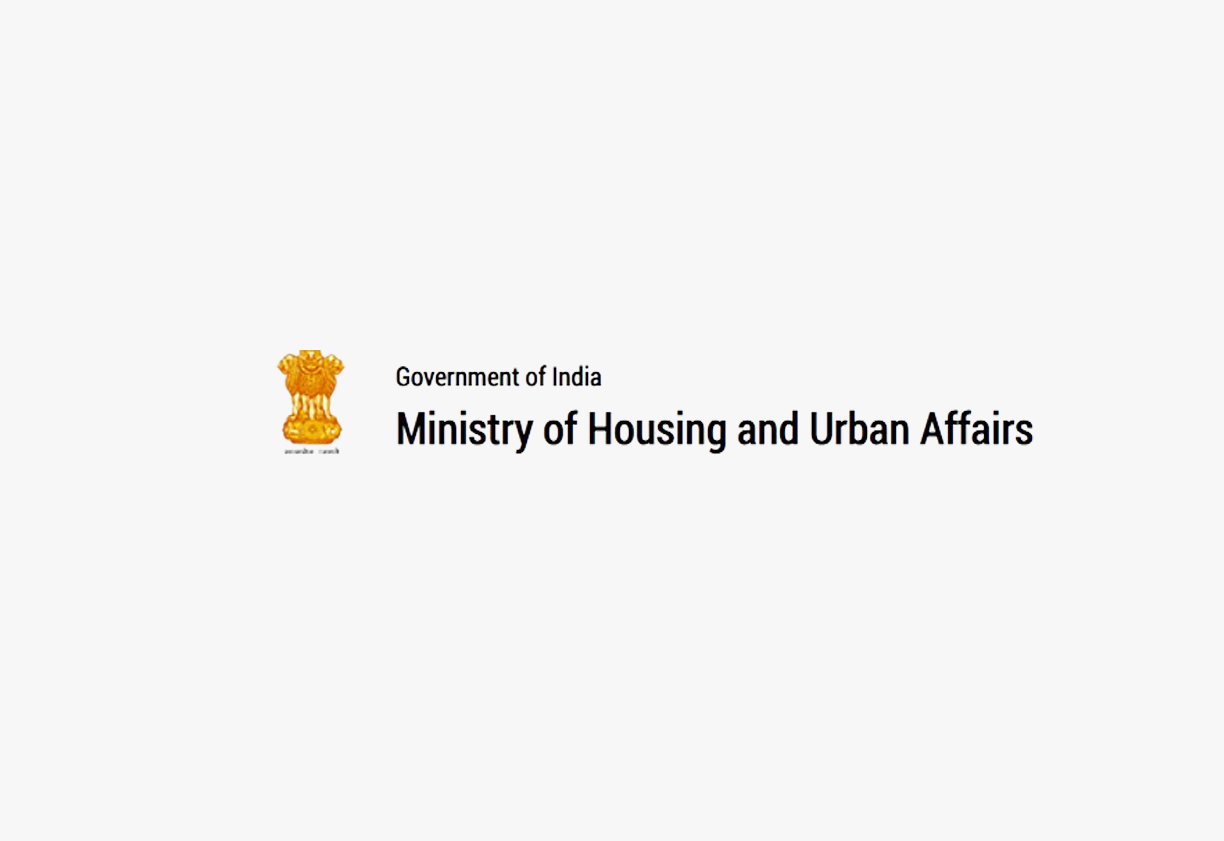Ministry of Housing and Urban Affairs
The Slum Areas (Improvement and Clearance) Act, 1956, provides a legal framework for the improvement and clearance of slum areas in certain Union territories, and for the protection of tenants in such areas from eviction. This act aims to address the challenges of urban slums through improvement, clearance, and redevelopment.
1: Act Background and Ministry Under Which This Act Is:
The Slum Areas (Improvement and Clearance) Act, 1956, was enacted to provide for the improvement and clearance of slum areas in certain Union territories and to protect tenants in such areas from eviction. This act aims to address the issues of urban slums by providing a legal framework for improvement, clearance, and redevelopment. The act falls under the administrative purview of the Ministry of Housing and Urban Affairs, which oversees matters related to urban planning and development in India. The ministry plays a vital role in addressing the challenges of urban slums.
2: Enactment Date, Number of Chapters, Number of Sections:
The Slum Areas (Improvement and Clearance) Act, 1956, was enacted on 29th December, 1956, and is known as Act No. 96 of 1956. The act is structured into seven chapters. It comprises 40 sections, covering various aspects such as definitions, declaration of slum areas, slum improvement, slum clearance and redevelopment, acquisition of land, protection of tenants, and miscellaneous provisions. The act also includes a schedule listing the states where the act initially applied. The act has been amended over time to reflect changing requirements.
3: Act Governed By:
The Slum Areas Act is governed by the Central Government, which has the power to make rules and regulations under the Act. The act also provides for the appointment of a competent authority to oversee the implementation of the act. The act is governed by the provisions outlined within it, as well as rules and regulations framed by the Central government. It is therefore a combination of central authority with a local authority implementation.
4: On Whom It Is Applicable:
The provisions of The Slum Areas Act are applicable to the Central Government, State Governments, Administrators of Union Territories, competent authorities, owners of buildings and lands in slum areas, tenants, and all those involved in the management, development, and regulation of slum areas. The act ensures that all actions and activities are in accordance with the regulations outlined, as well as the Act’s mandate and guiding principles. The general public are indirect beneficiaries of the act’s provisions. The act’s focus is to improve and clear slum areas.
5: Penalties/Punishments:
The act prescribes penalties for various violations, including:
-
Non-Compliance with Notices: Failure to comply with notices for improvement or demolition can lead to fines.
-
Illegal Construction: Erecting buildings in slum areas without permission attracts penalties.
-
Obstruction: Obstructing authorities in the execution of their duties can lead to fines. The act seeks to ensure compliance and proper management of slum areas.
6: Important Pointers:
-
Declaration of Slum Areas: The act empowers the competent authority to declare an area as a slum area.
-
Slum Improvement: It provides for the improvement of buildings in slum areas.
-
Slum Clearance: It outlines the procedures for the clearance and redevelopment of slum areas.
-
Acquisition of Land: It provides for the acquisition of land for slum improvement and clearance.
-
Tenant Protection: It protects tenants from eviction without the permission of the competent authority.
-
Rule-Making Power: It empowers the Central Government to make rules for carrying out the purposes of the act.
-
Overriding Effect: It has an overriding effect on other laws, ensuring its primacy in the regulation of slum areas. The act is therefore comprehensive in its approach to slum management.
7: Act Copy:




